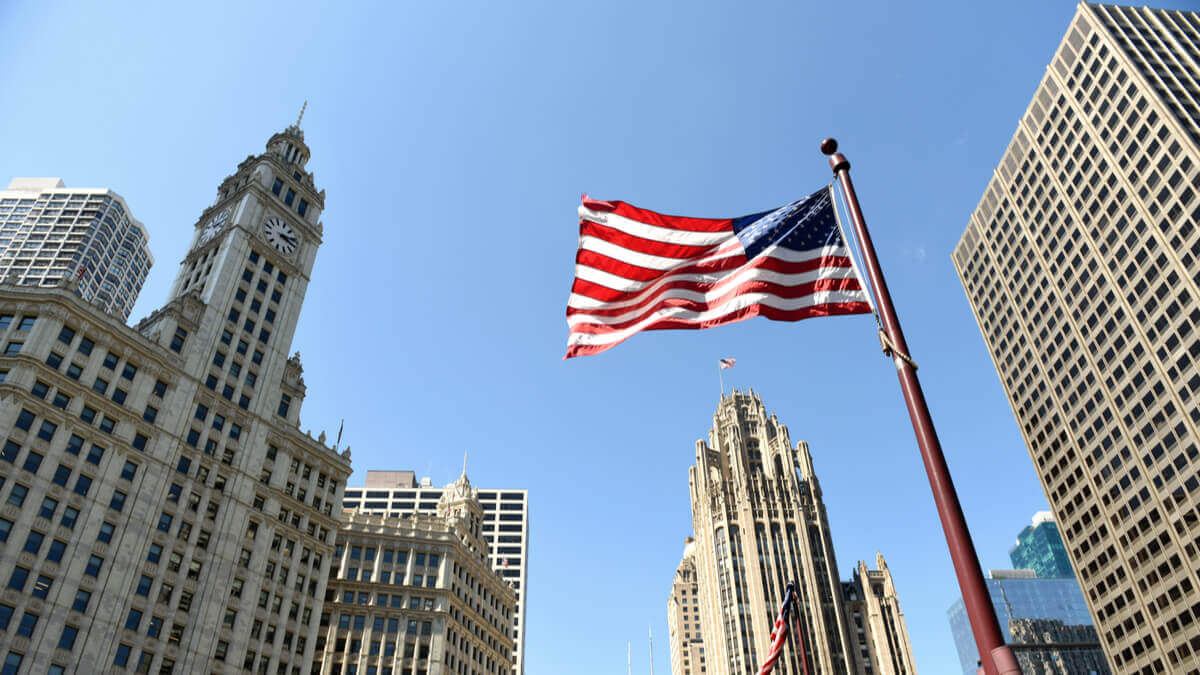How to open a US bank account?
This article will provide an overview of U.S. bank account types, account opening preparation, and comparisons between major banks.

Living in the United States, whether for relocation, business, study, or tourism, requires opening a bank account as an essential step. A bank account is crucial for both future financial planning and everyday expenses.
This article will provide a detailed introduction to the types of bank accounts in the U.S., the preparation needed for opening an account, and the features of several well-known banks to help you choose the right bank account.
Bank Accounts Types
Savings Account
Savings accounts are primarily used for long-term savings and offer higher interest rates, making them suitable for funds not needed for immediate use. Key features include:
- Higher Interest Rates: Compared to checking accounts, savings accounts offer higher interest.
- Withdrawal Limits: There is a limited number of free withdrawals per month; exceeding this limit incurs additional fees, making it unsuitable for daily expenses.
- Withdrawal Methods: Typically, withdrawals are made through bank tellers, online transfers, or ATMs.
Checking Account
Checking accounts are used for daily expenses, allowing for easy access to funds at any time. Key features include:
- Low Interest Rates: Typically offer low or no interest.
- No Withdrawal Limits: Funds can be withdrawn and used anytime without additional fees.
- Multiple Payment Options: Usually come with a debit card, personal checks, and electronic payment options like Apple Pay.
Wise Account
The Wise account is a global account designed for new immigrants or students. Key features include:
- Remote Account Opening: Can be opened online or via the Wise app without visiting a bank branch.
- Multi-country Local Accounts: Provides local bank account details in ten countries.
- Global Spending: Debit card can be used in over 200 countries with no annual fees and supports real exchange rate transactions.
- Easy Remittance: Allows remittance of RMB to China at real exchange rates with no hidden fees and simple operations.
Required Documents
Regardless of the type of account chosen, the following documents are usually required to open an account:
- Identification Documents: At least two government-issued photo IDs, such as a passport and driver’s license.
- Social Security Number (SSN) or Individual Taxpayer Identification Number (ITIN).
- Address Proof: Such as utility bills.
- Cash: If there is a minimum deposit requirement, the corresponding amount needs to be deposited when opening the account.
- Proof of Enrollment: For students, valid proof of enrollment such as a student ID or a letter from the school.
US Well-known Banks Introduction
Here are some well-known banks favored by Chinese students and immigrants along with their basic account types:
JPMorgan Chase Bank
Chase is one of the largest banks in the U.S., offering comprehensive banking services. Features include:
- Extensive Branch and ATM Network: Over 4,700 branches and 16,000 ATMs.
- Chase Total Checking: Provides online banking, electronic bill pay, and mobile banking services. New account bonuses are available.
- Chase Savings: Allows automatic transfers from checking accounts, offers interest, and charges fees for more than six withdrawals or transfers per month.
Bank of America
Bank of America has branches in 34 states and over 16,200 ATMs nationwide. Features include:
- Advantage SafeBalance Banking: Minimum deposit requirement of $25, no overdraft protection, supports electronic payments.
- Advantage Plus Banking: Minimum deposit requirement of $100, offers overdraft protection services.
- Advantage Savings: Minimum deposit requirement of $100, offers interest and savings goal calculator, fees apply for more than six withdrawals or transfers per month.
Wells Fargo
Wells Fargo has over 6,200 branches in 39 states. Features include:
- Clear Access Banking: Minimum deposit requirement of $25, no personal checks or overdraft protection.
- Everyday Checking: Minimum deposit requirement of $25, offers electronic payments, debit card, and personal check services.
- Way2Save Savings: Minimum deposit requirement of $25, links to checking accounts for overdraft protection, offers interest and a withdrawal card.
How to Choose?
Choosing the right bank involves considering several factors, including:
- Bank Network Coverage: The distribution of branches and ATMs for convenient daily transactions and services.
- Account Types and Fees: Understanding the interest rates, monthly fees, minimum deposit requirements, and overdraft fees for different accounts.
- Account Opening Benefits and Rewards: Some banks offer welcome bonuses or account opening rewards.
- Services and Support: Including online banking, mobile banking apps, and customer service quality.
Disclaimer: The views in this article are from the original Creator and do not represent the views or position of Hawk Insight. The content of the article is for reference, communication and learning only, and does not constitute investment advice. If it involves copyright issues, please contact us for deletion.